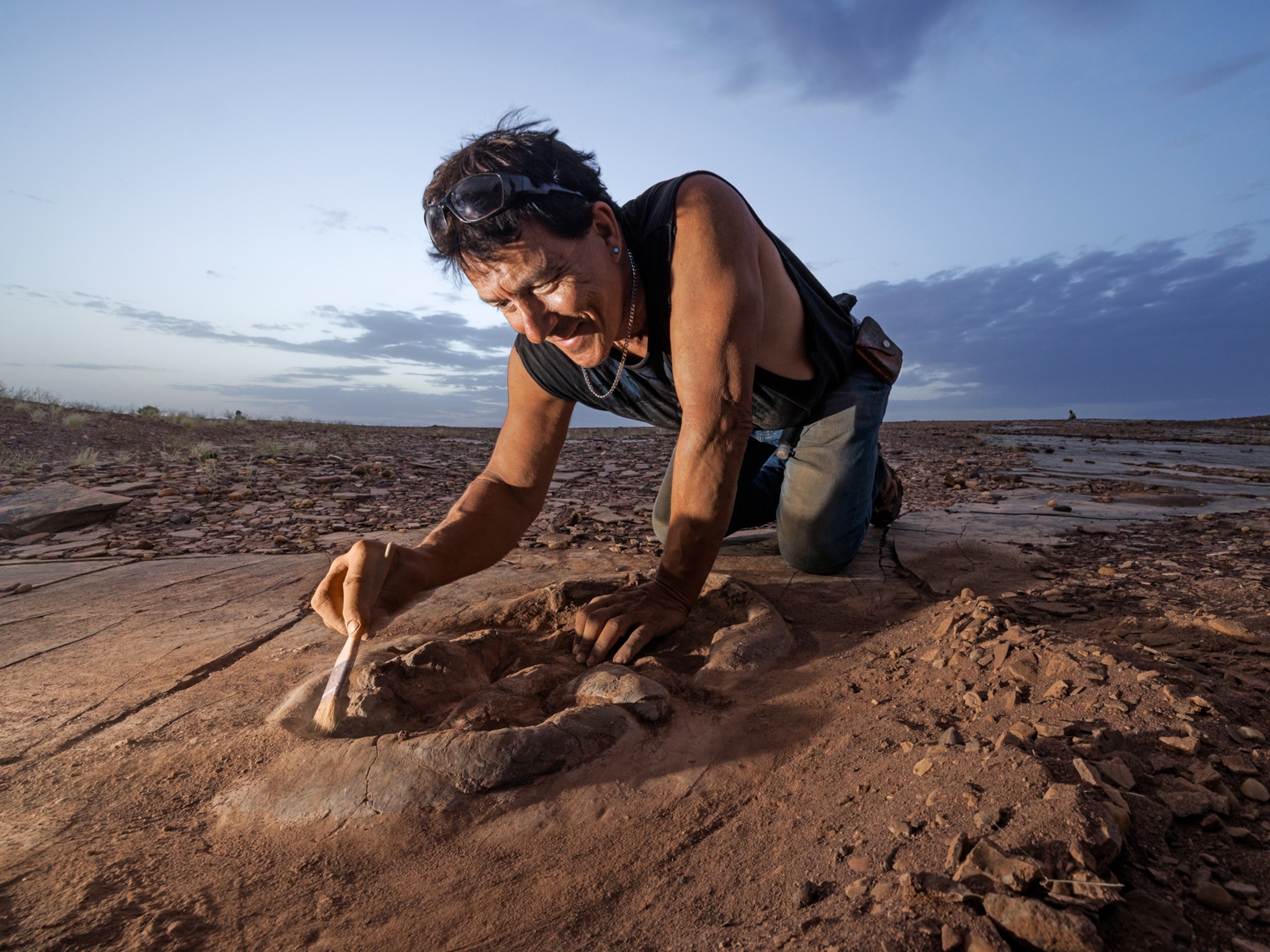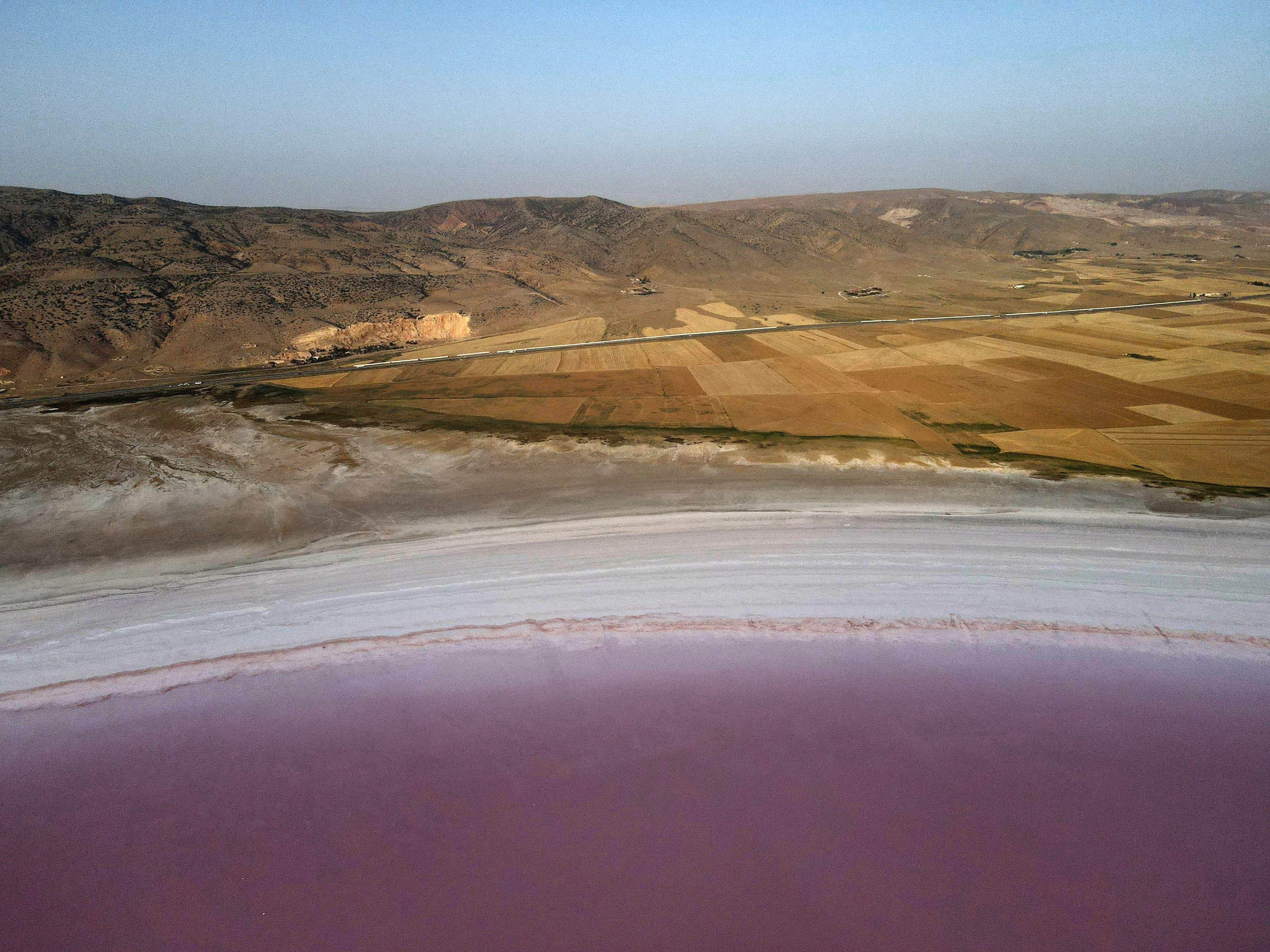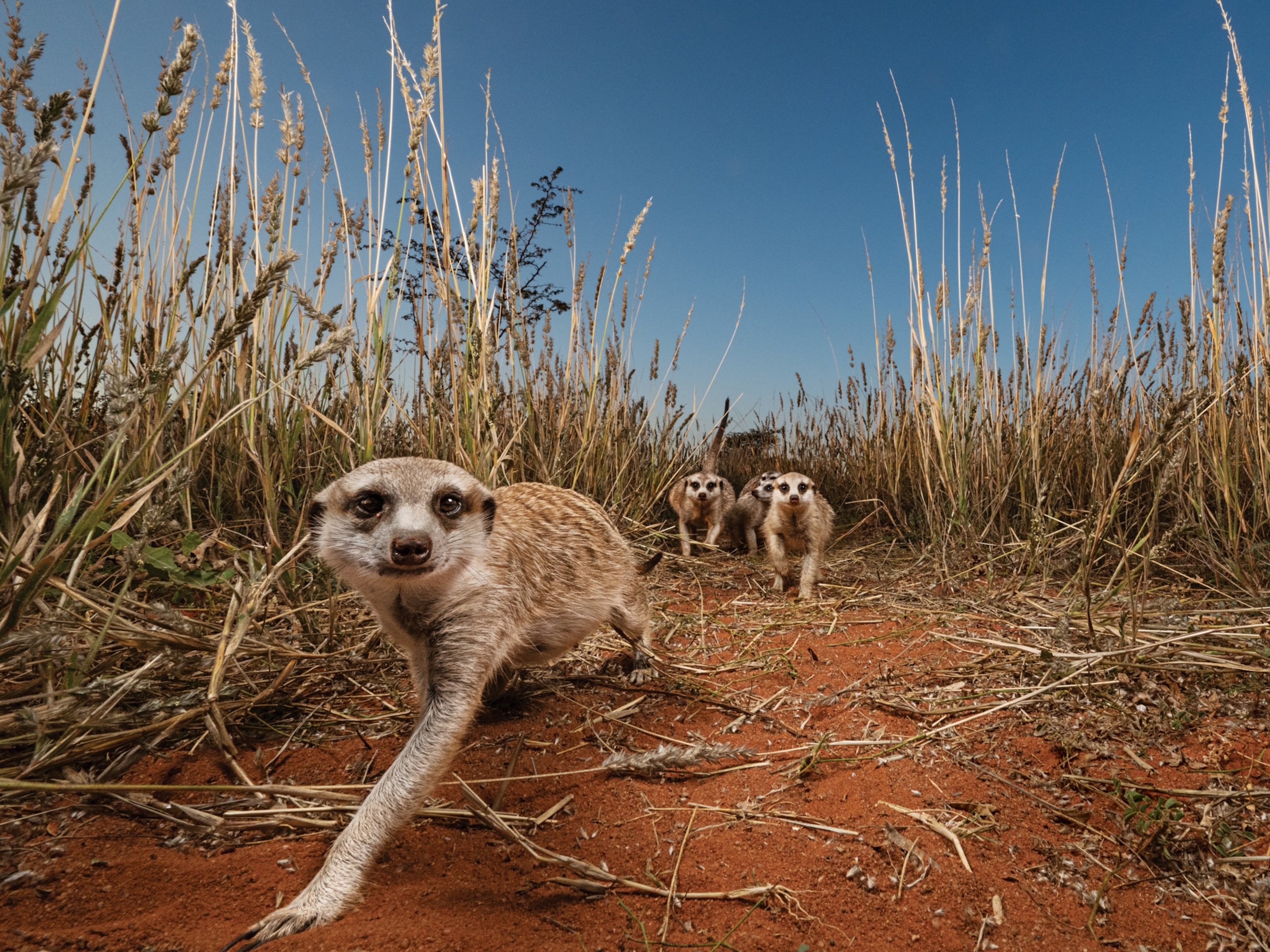Why Are Scientists Building an "Ocean" in the Middle of a Desert?
They hope the scaled-down version of the Gulf of California will open doors to exciting new science and outreach opportunities.
If you build it, scientists and the public will come. That's the hope researchers are holding on to as they work to revive a defunct artificial ocean in the middle of the Arizona desert.
The ocean belongs to Biosphere 2, the glass-walled structure near Tucson, Arizona, made famous by human experiments in the 1990s. Eight people sealed themselves inside the facility designed as a self-sustaining version of Earth. The two-year mission was supposed to approximate how people would have to live and work on a space colony. (Related: "1994: People Migrate to Biosphere 2.")
Biosphere 2's original 676,000-gallon (2,555,894-liter) ocean was designed as a coral reef reminiscent of the Caribbean. But over the years, most of the coral died and a series of Biosphere 2 owners have considered draining the miniature sea entirely. Then the University of Arizona in Tucson took over the site in 2007, the latest in a line of efforts aimed at reviving the facility. After years of watching the ocean lie dormant, marine biologist Rafe Sagarin decided to turn it into a research and education tool.
He is in the process of raising funds, figuring out which animals he wants to populate this scaled-down version of the Gulf of California, and planning the life-support systems all those organisms will need. Sagarin doesn't see this new ocean as a self-sustaining system like the original coral reef was designed to be.
Where Desert Meets the Sea
The actual Gulf of California is intimately connected to the Sonoran desert around Biosphere 2, says the University of Arizona marine biologist. And Sagarin wanted to build a "regionally appropriate" habitat that would showcase the world right outside the glass-enclosed facility.
This "mini ocean" is about 60 feet (18.2 meters) wide by 100 feet (30.5 meters) long and ranges from a shallow rocky shore to about 21 feet deep (6.4 meters)—more than enough room for starfish, sea urchins, small reef fish, and bottom-dwelling sharks like the horn shark.
"We do have a deep and relatively open water section of the ocean," says Sagarin, so open-water fish—although nothing as large as a bluefin tuna—and sea turtles could also be possible tenants.
Charles Baxter, a retired marine science professor at Stanford University's Hopkins Marine Station in Pacific Grove, California, would love to see Humboldt squid (Dosidicus gigas) in the new ocean replica. These aggressive, curious squid grow to about four feet (1.2 meters) long as adults and live quite comfortably in the Gulf of California, says Baxter, who consulted on the formation of the Monterey Bay Aquarium, which opened in 1984. (See "Jumbo Squid Flash, Flail in First Ever Squid-cam Video.")
"[The Humboldt squid] is your equivalent of the great white shark that can bring throngs of people and create a really exciting kind of visitor experience," he says. The Monterey Bay Aquarium periodically displays great white sharks in its Outer Bay exhibit.
Audacity
The educational and public outreach opportunities have already started being realized. A new "ocean gallery" allows visitors a peek inside Biosphere 2's marine realm via viewing windows, and exhibits present the ecology and history of the Gulf of California.
However, Sagarin also sees his burgeoning ocean as a controlled laboratory for researchers and engineers. "I think it's a really good technology test bed," he says, especially for companies that have marine equipment they want to put through their paces, like remotely operated vehicles.
"You have the complexity of natural environments, strange topography, living things, a natural lighting environment, but it has all the control of a laboratory," Sagarin explains. "[So the equipment] is not going to get destroyed in a wave or a storm."
It will be years before Sagarin can get this ocean replica up and running, but he remains undaunted. "[This project] is a little out there, but I'm always invigorated by the fact that Biosphere is where big ideas actually get made," Sagarin says. "I just love that kind of audacity."
Follow Jane J. Lee on Twitter.





